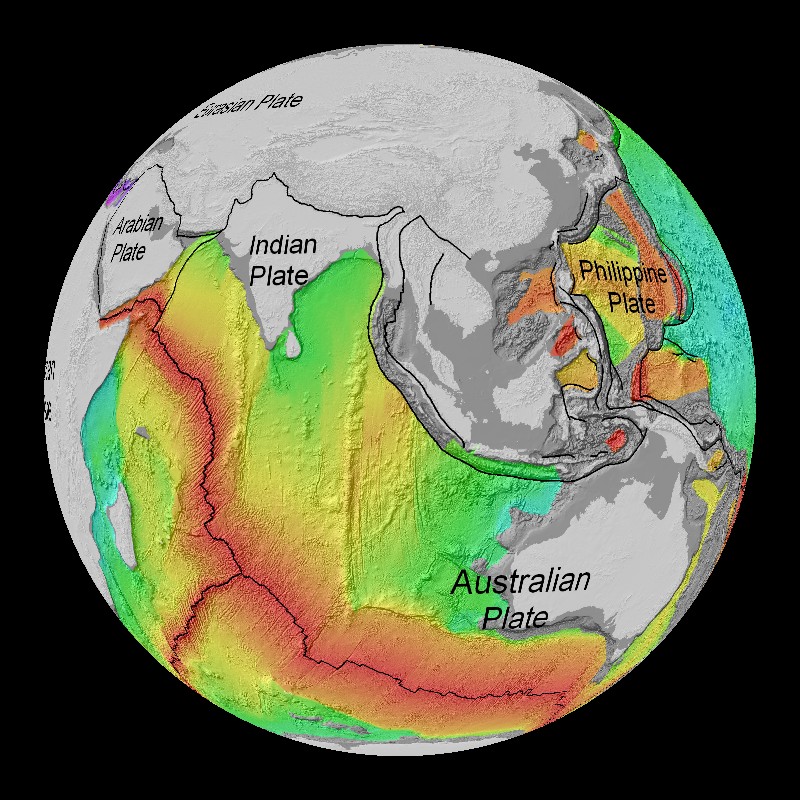matthew809
Registered Senior Member
According to Wikipedia, it is commonly theorized that this ridge was caused by a mantle hotspot along with tectonic movement.
But by simply looking at a google map image, the more intuitive and simple explanation is analogous to why a curtain bunches up when opened, or why the cooling pudding skin behaves in a similar manner. It just looks like bunching to me, evident of a time when the ocean crust in that area was still malleable.
Notice that the 90 east ridge is not alone; there are parallel lines to the east. This suggests to me that the force which caused these lines was not due to a mantle hotspot from underneath, but was caused by a sliding and bunching of the land from the east.
Could this possibly even be evidence of earth expansion and a rapid western pacific opening?

But by simply looking at a google map image, the more intuitive and simple explanation is analogous to why a curtain bunches up when opened, or why the cooling pudding skin behaves in a similar manner. It just looks like bunching to me, evident of a time when the ocean crust in that area was still malleable.
Notice that the 90 east ridge is not alone; there are parallel lines to the east. This suggests to me that the force which caused these lines was not due to a mantle hotspot from underneath, but was caused by a sliding and bunching of the land from the east.
Could this possibly even be evidence of earth expansion and a rapid western pacific opening?


